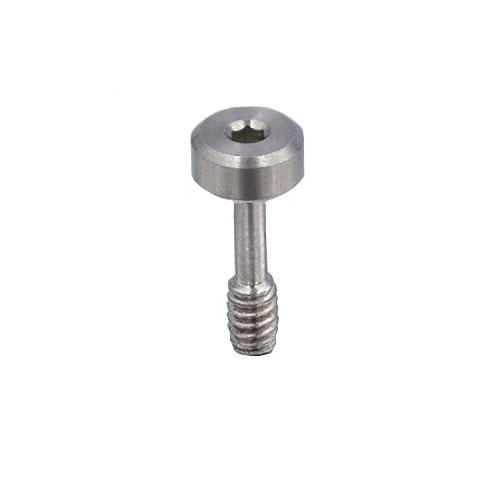
Hex head and socket head screws are both commonly used types of fasteners, but they differ in design and application, which affects how they are installed and used.
A hex head screw has a hexagonal-shaped head, allowing it to be driven with a wrench or a spanner. This design provides a good grip and mechanical advantage, making it easier to apply torque to the screw. Hex head screws are often used in situations where there is sufficient space around the screw to fit a wrench or socket.

This type of screw has a cylindrical head with a hexagonal recess inside. It requires an Allen key or hex key to drive it. The design allows for a higher torque to be applied compared to some other types of screws and is useful in applications where space above the head is limited, as the key is inserted into the recess in the head.
Engaged from the outside of the head. Socket Head Screw: Engaged from the inside of the head.
Commonly used in construction and repair work, especially for wood, metal, and concrete. Their larger head size provides a robust fastening solution for heavy-duty applications.
Often used in precision applications, such as machinery, equipment, and electronics, where space is limited and a clean, flush surface finish is desired. They are especially popular in areas that are difficult to reach with conventional tools.
While capable of withstanding significant torque, the external hex shape may be more prone to being stripped if over-torqued or if the wrong size tool is used.

The design allows for higher torque to be applied without damaging the head, making them suitable for applications requiring a tight fit and high strength.
Tend to protrude more from the surface, which might not be desirable in applications where a flush or low-profile finish is needed.
Often have a smoother, more flush finish when installed, which is preferred for aesthetic reasons in some applications or where a protruding head could interfere with other parts.
The choice between a hex head and a socket head hex screw largely depends on the specific requirements of the application, including space constraints, aesthetic considerations, and the amount of torque needed.
